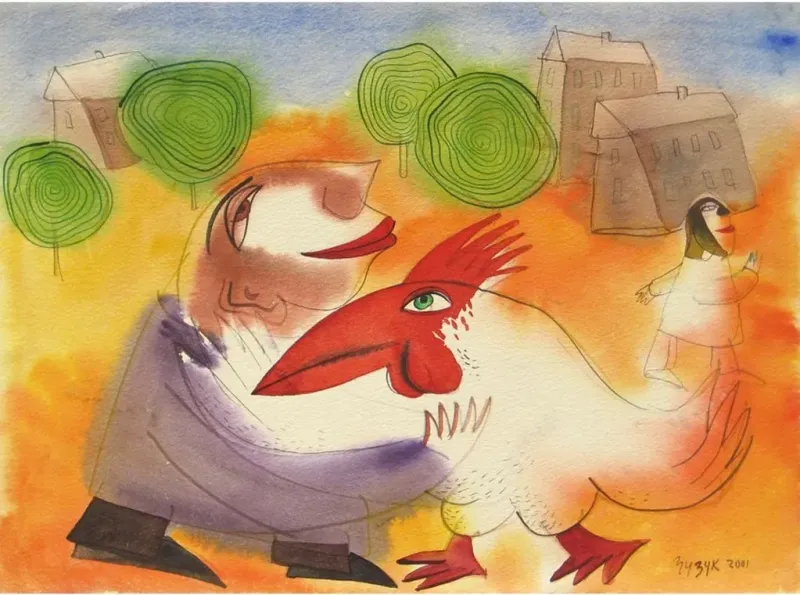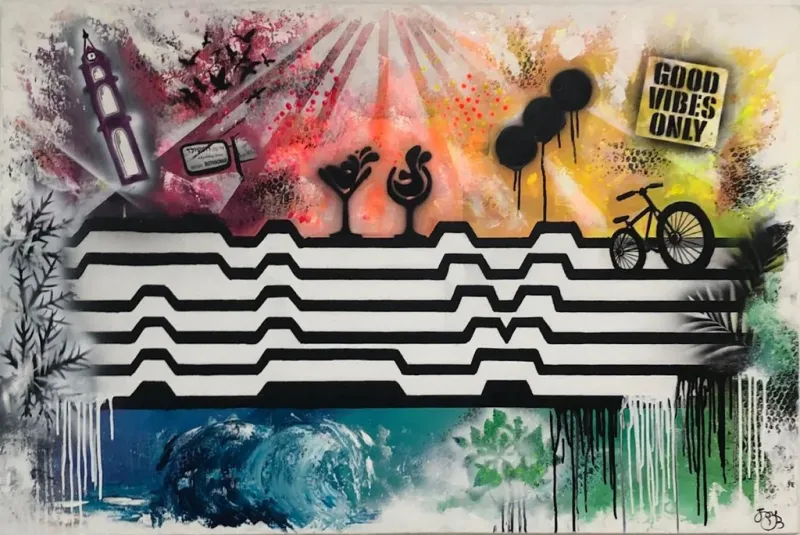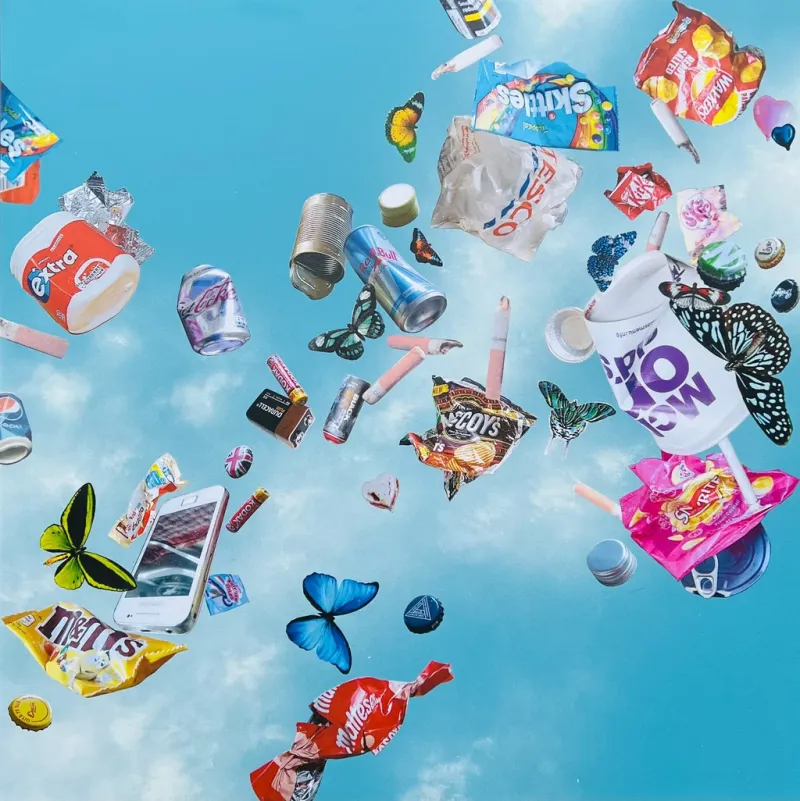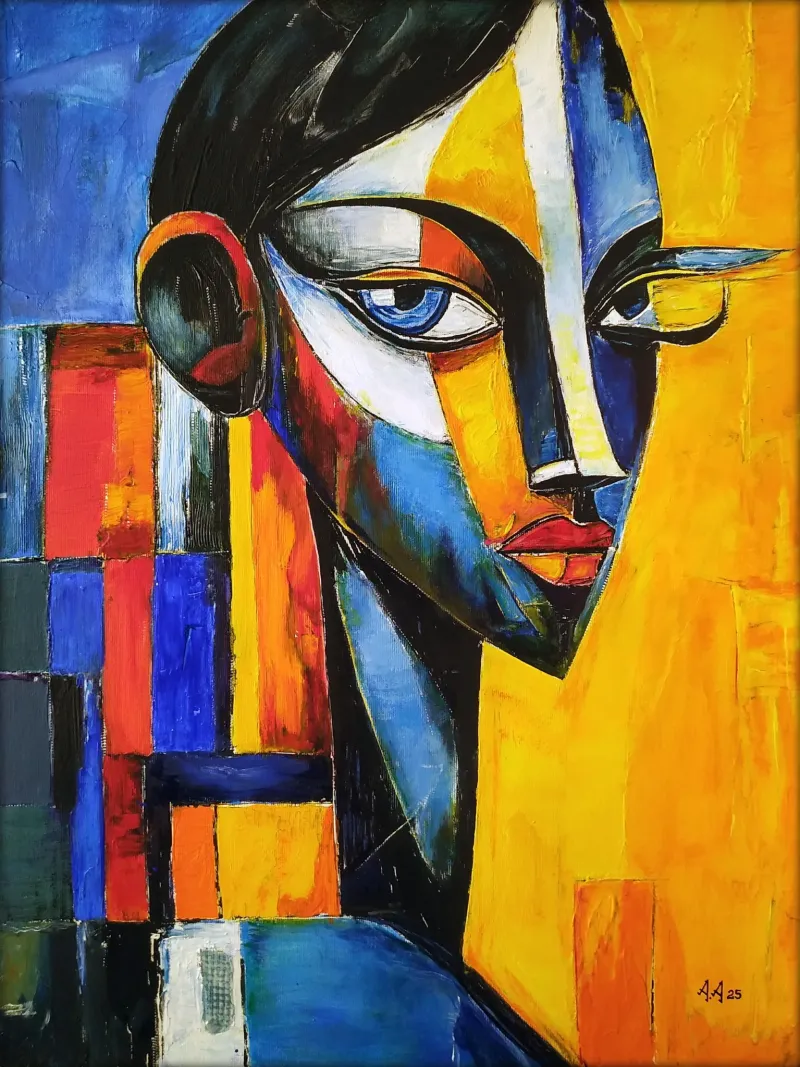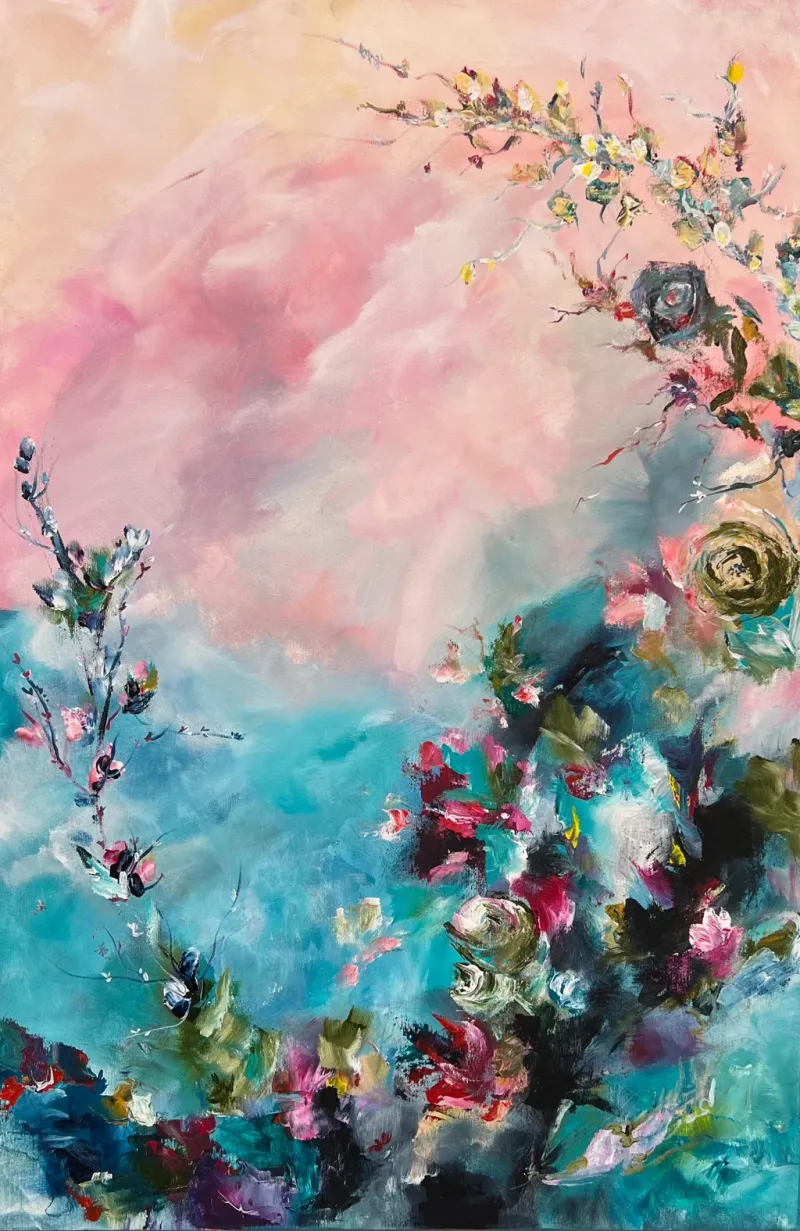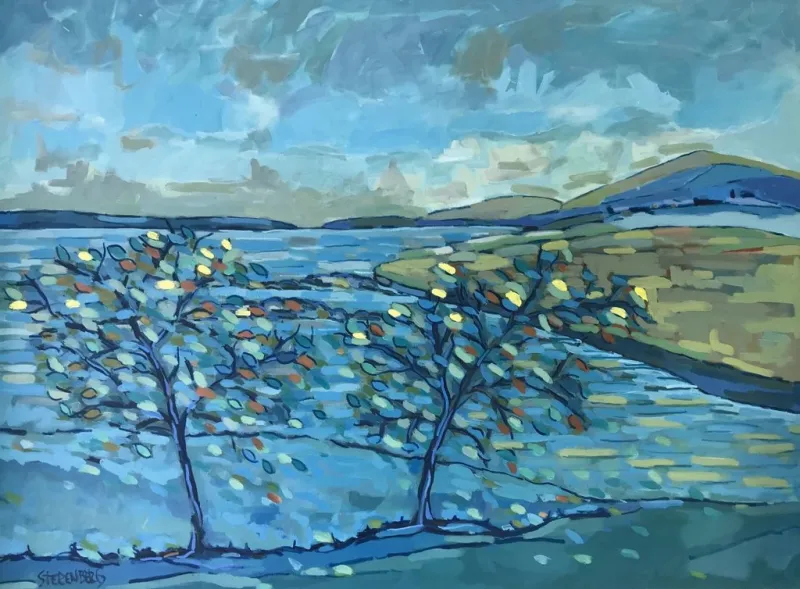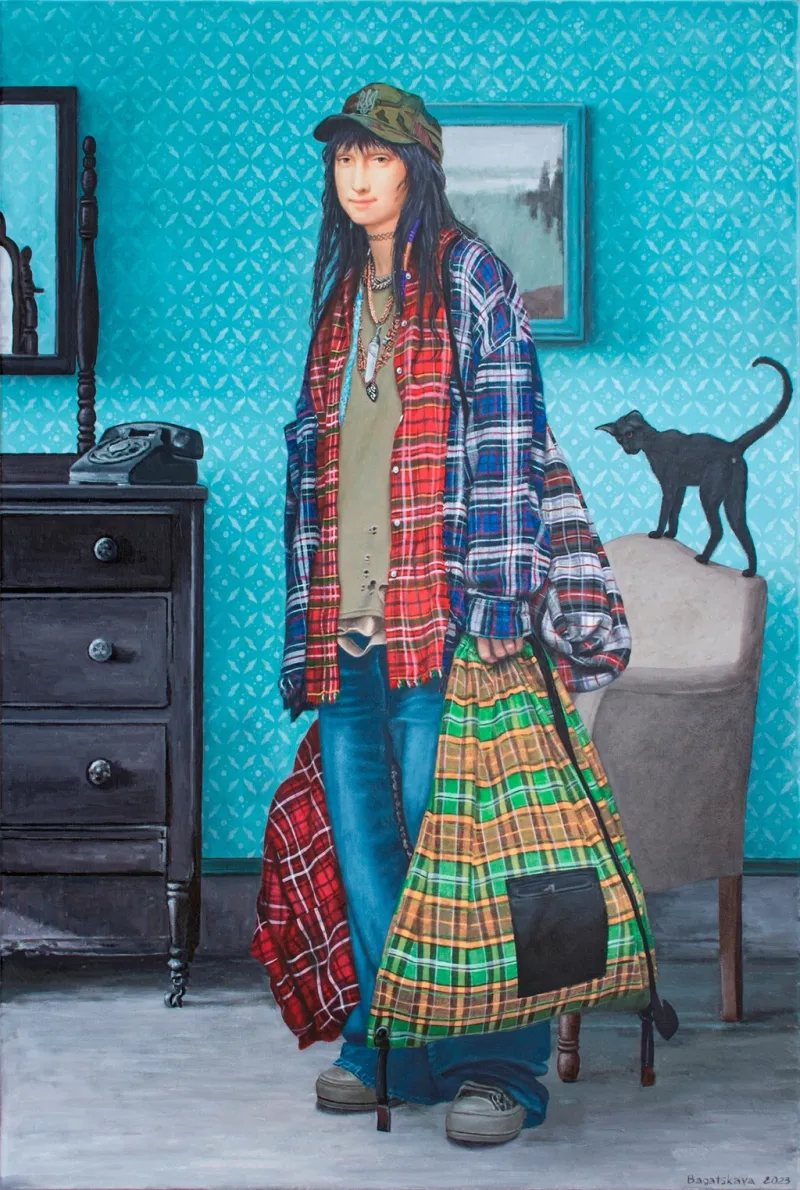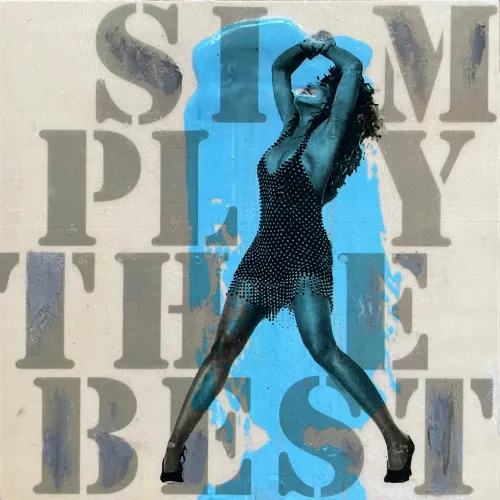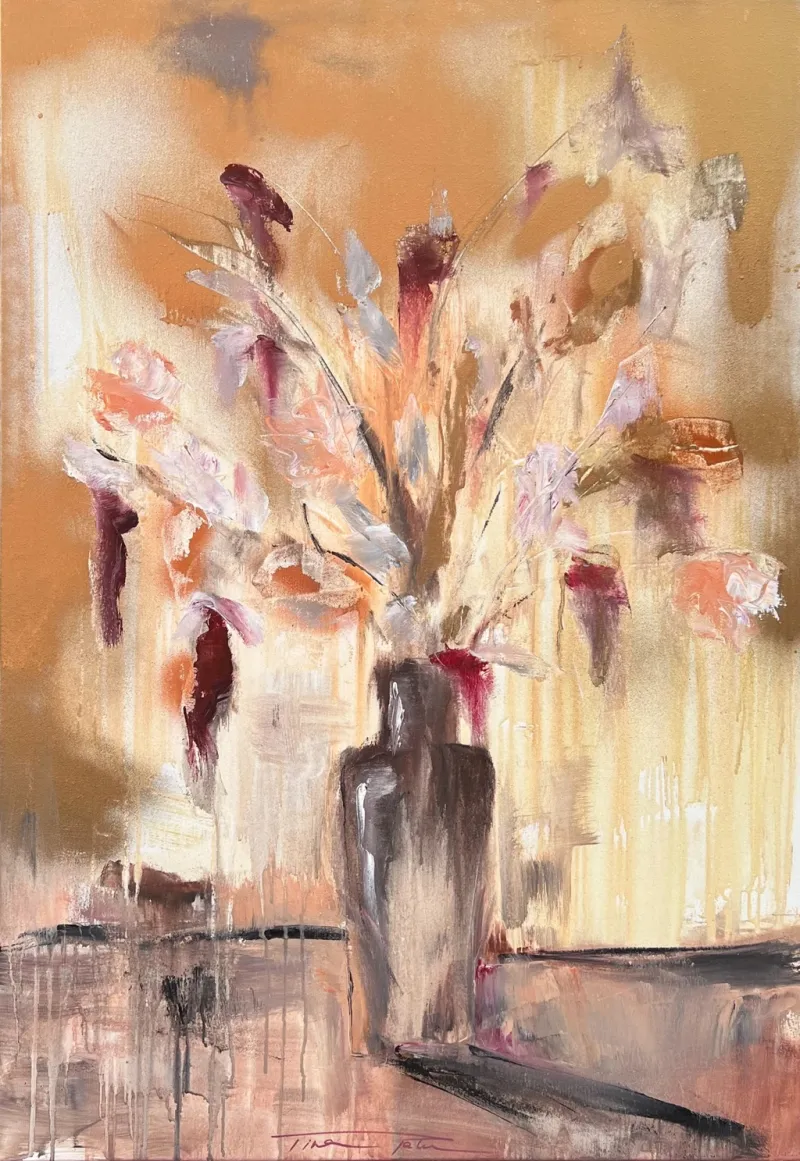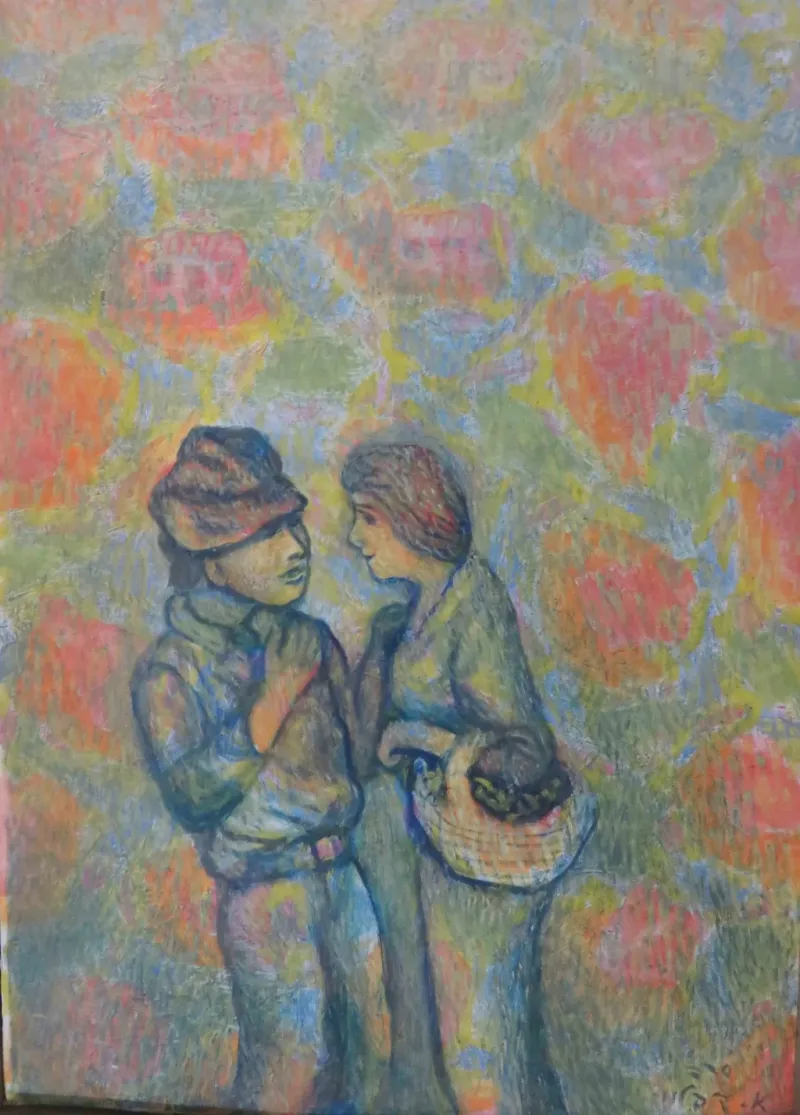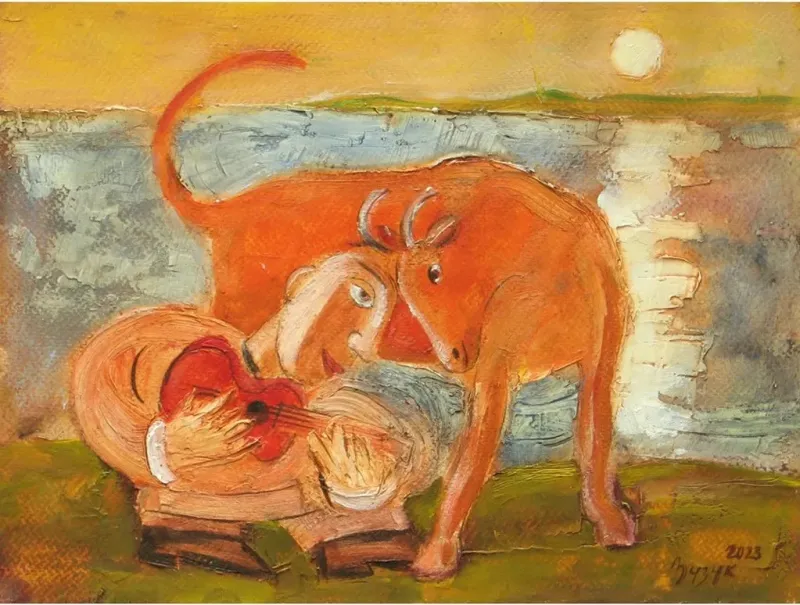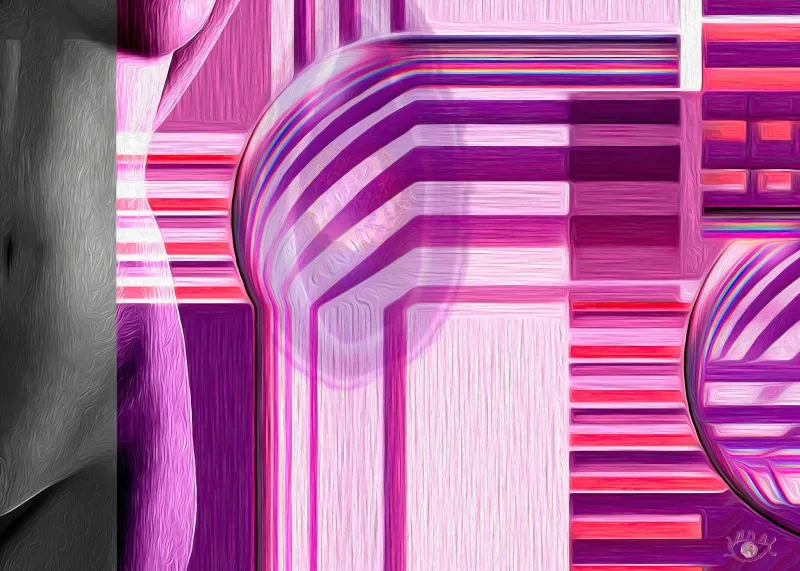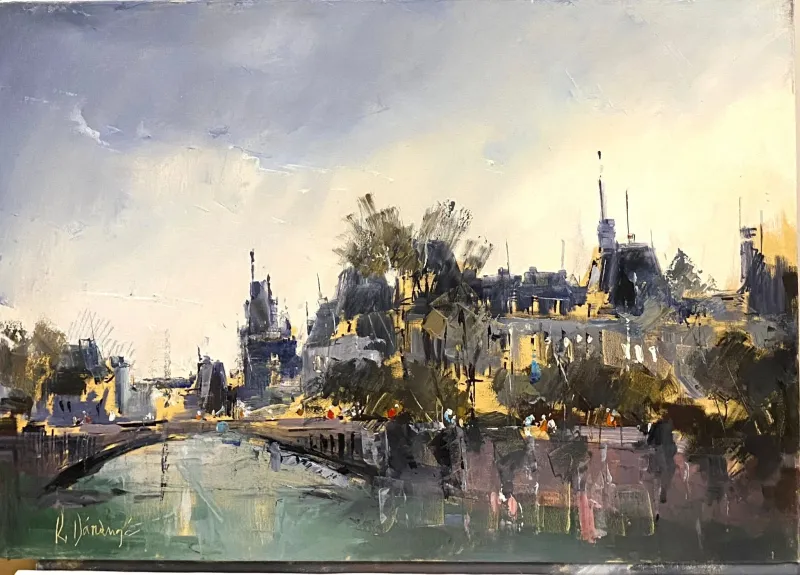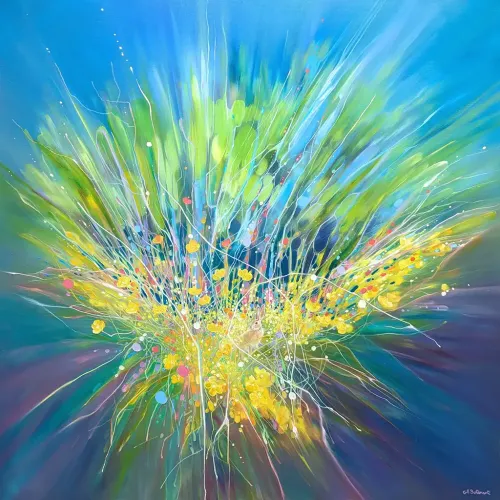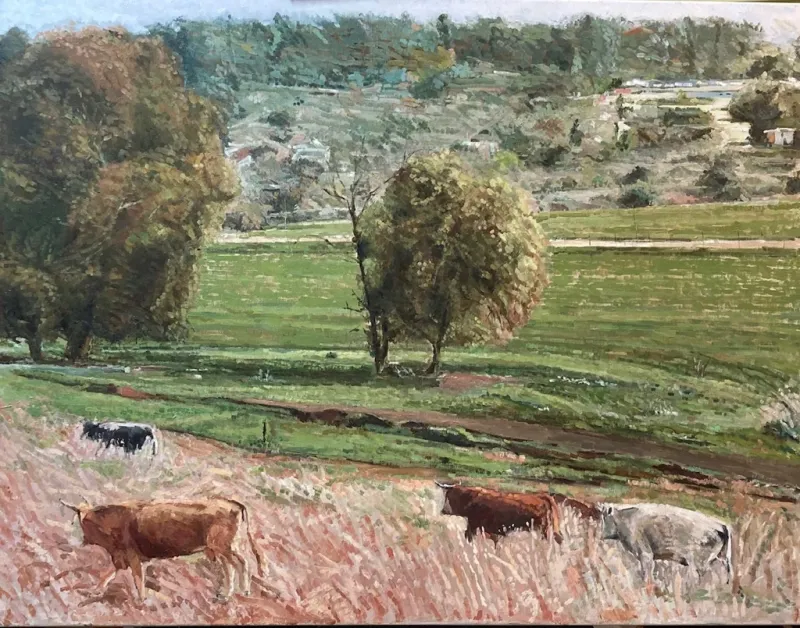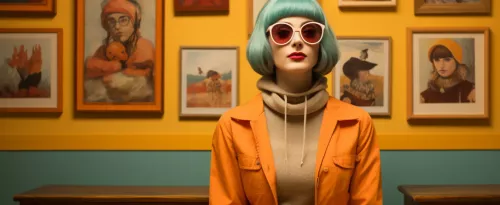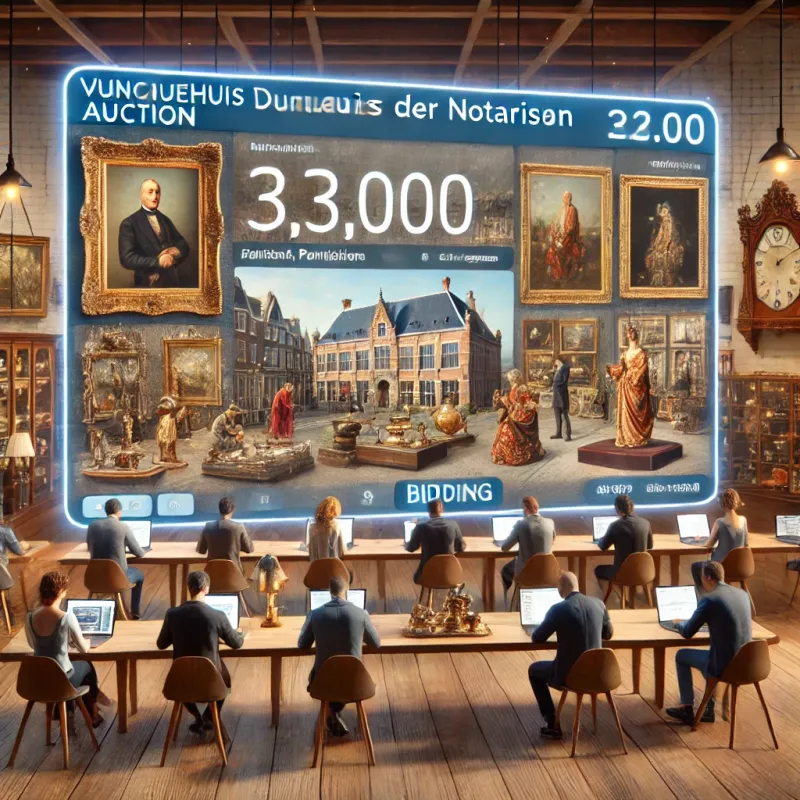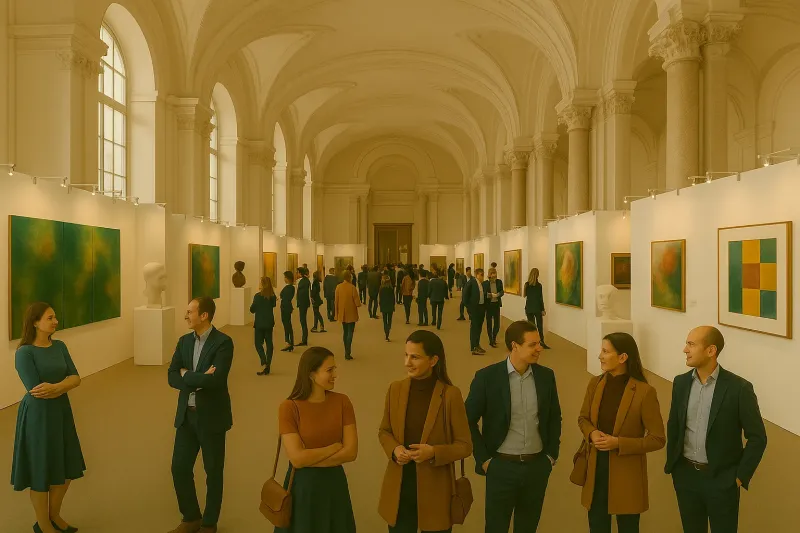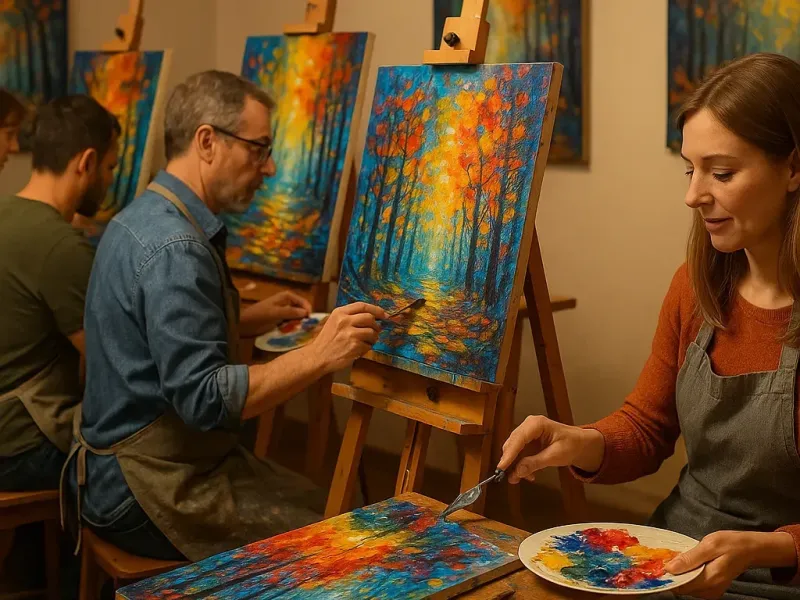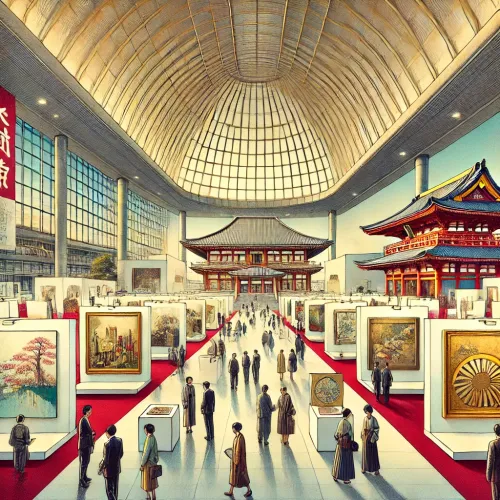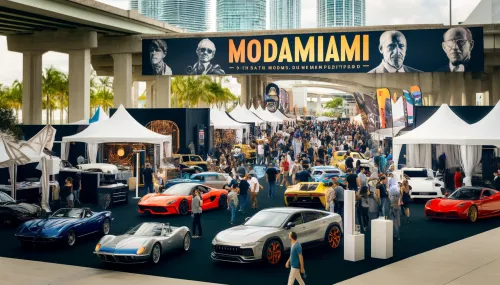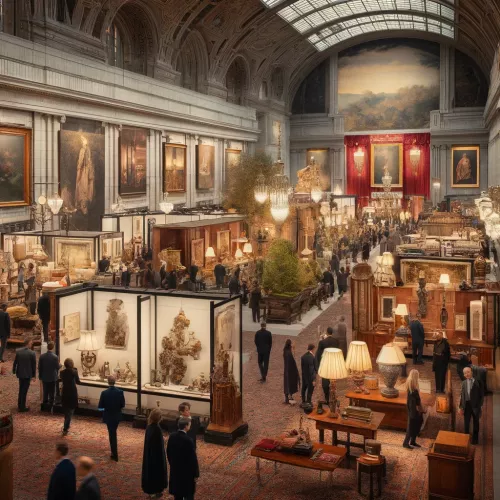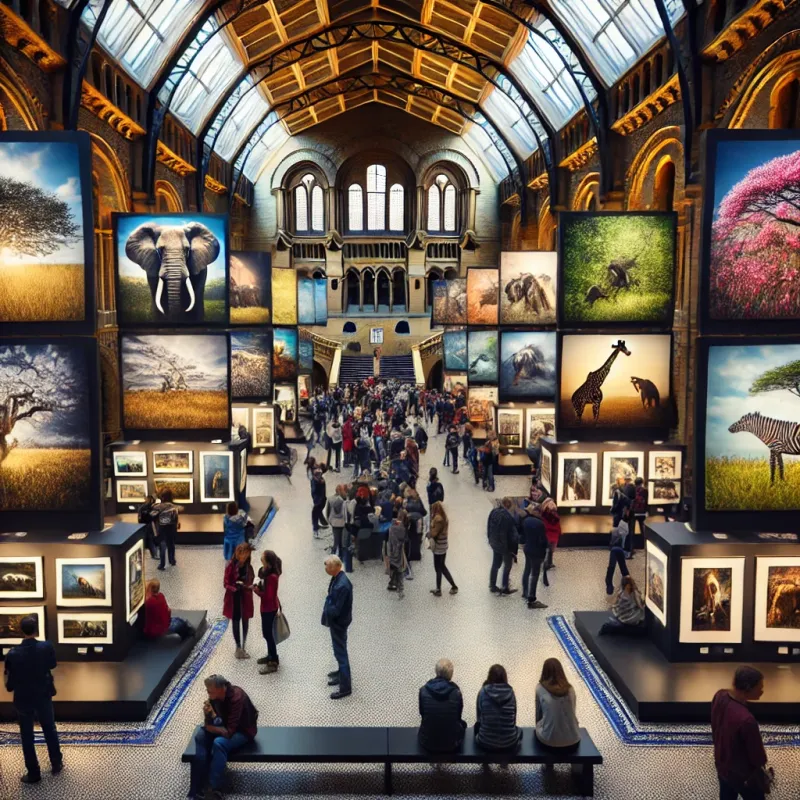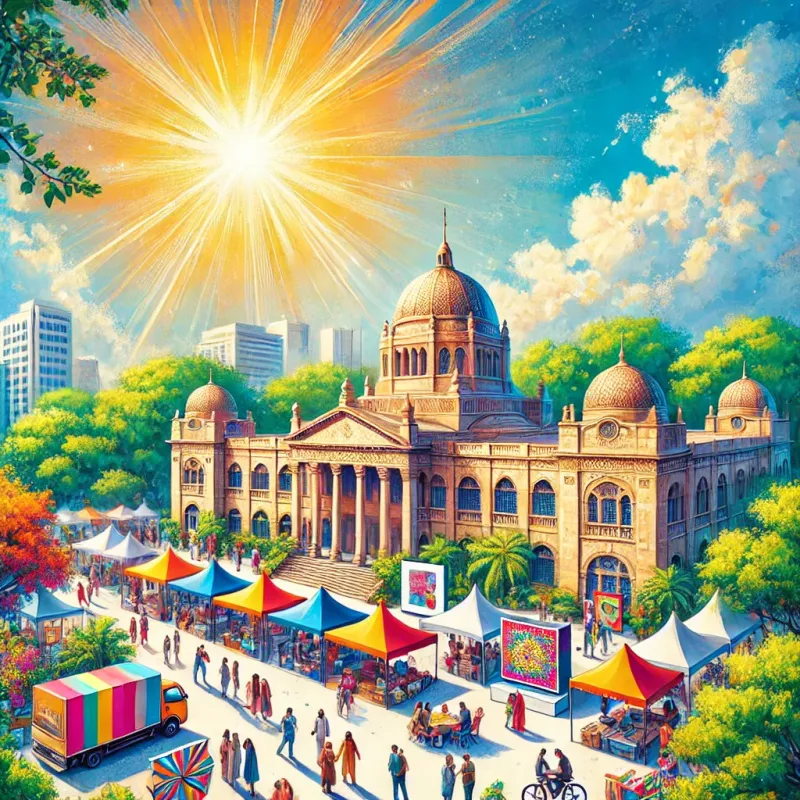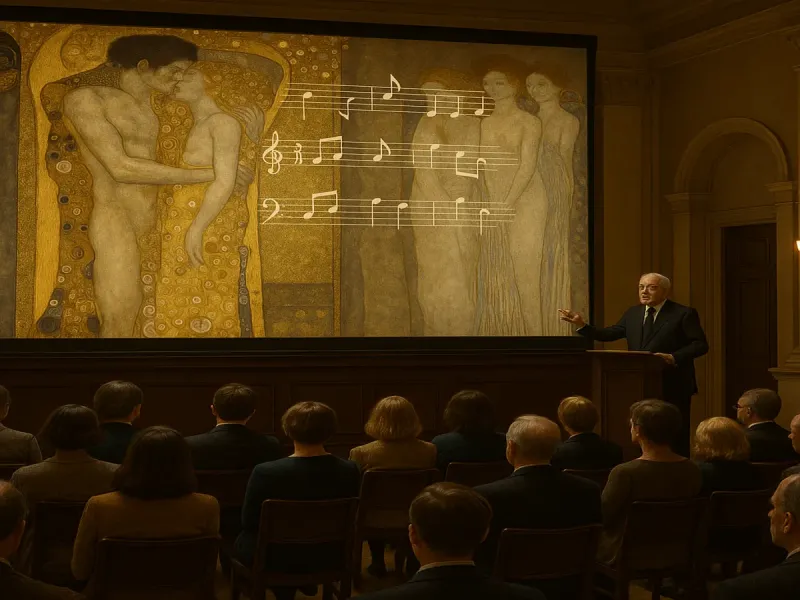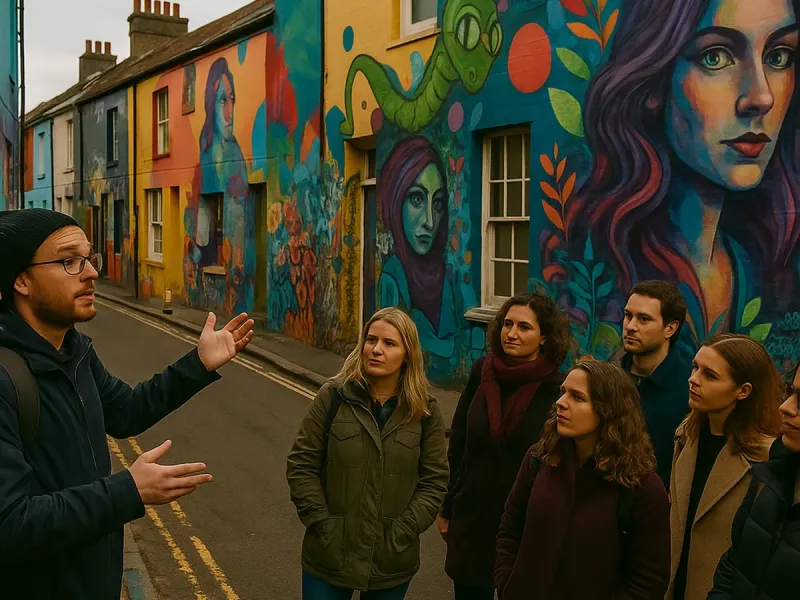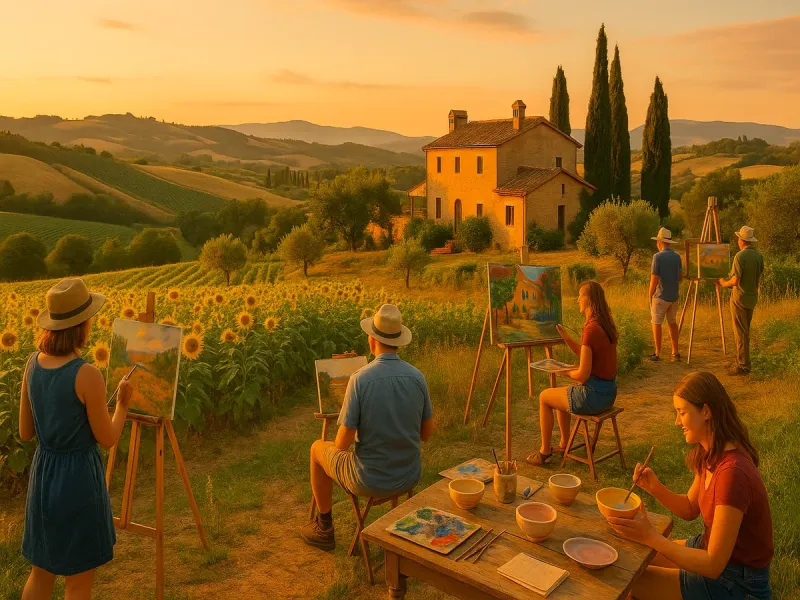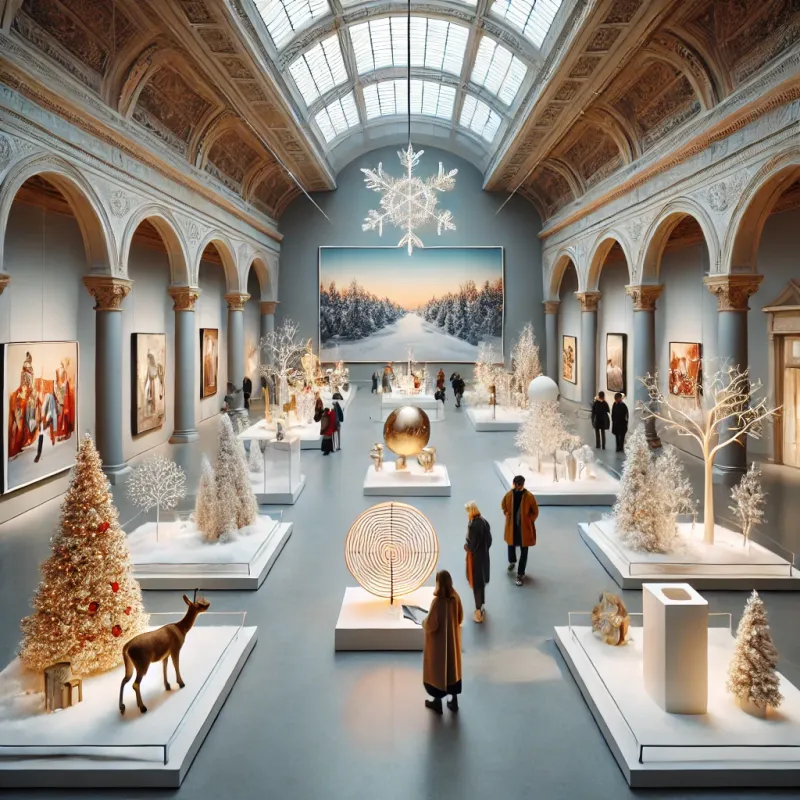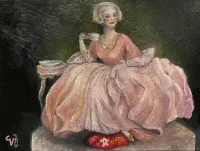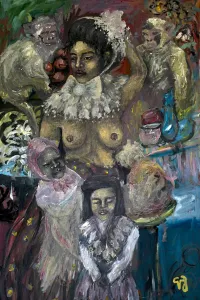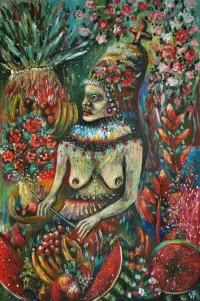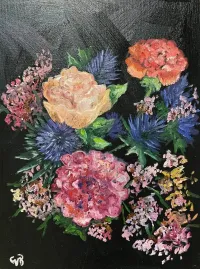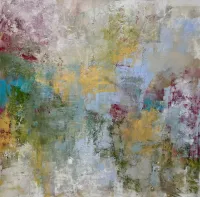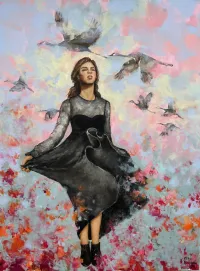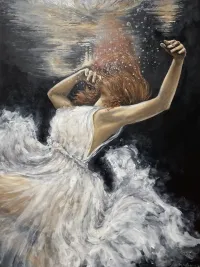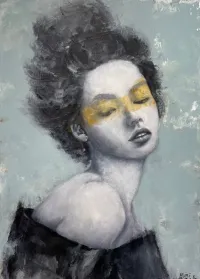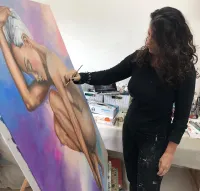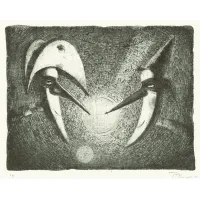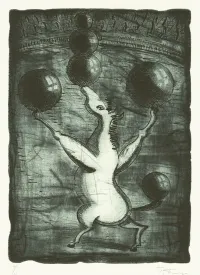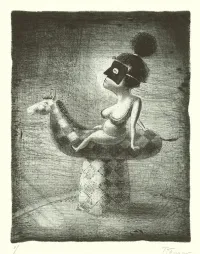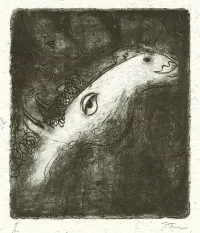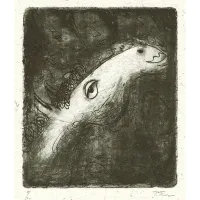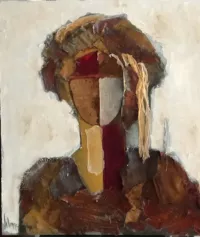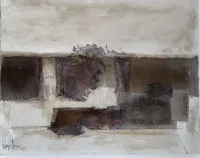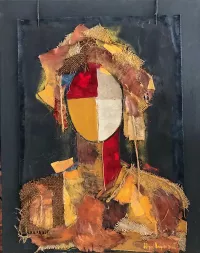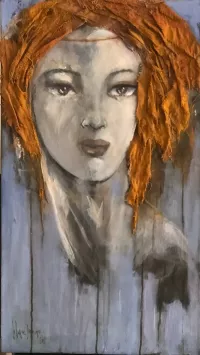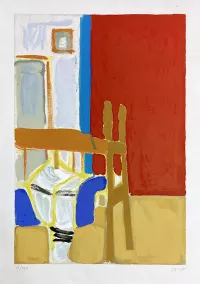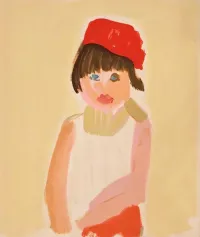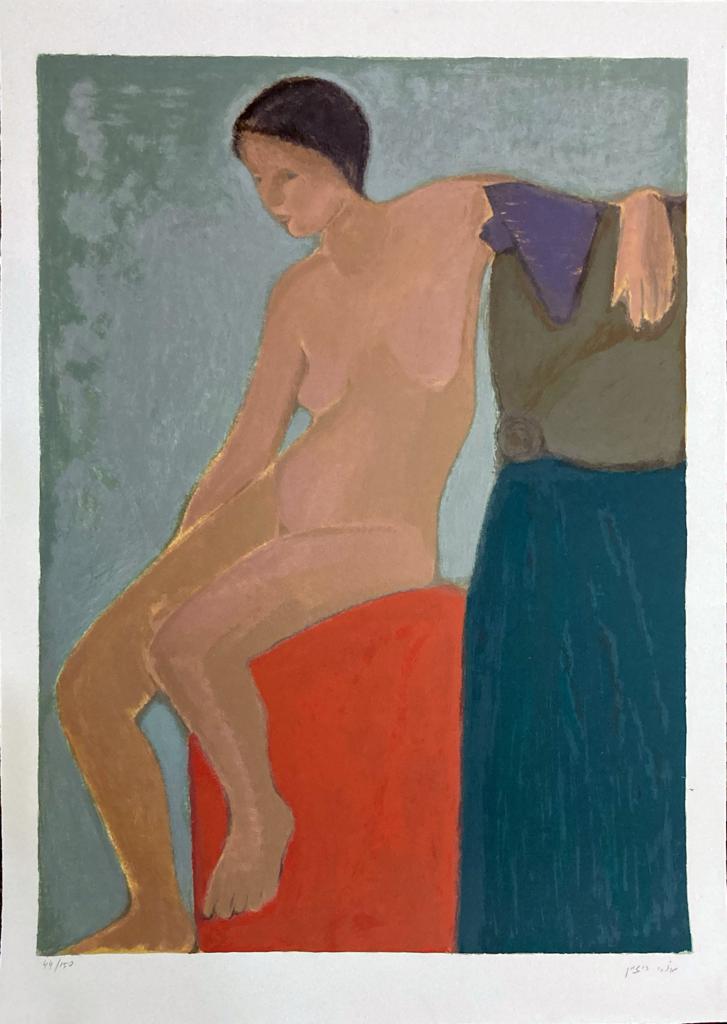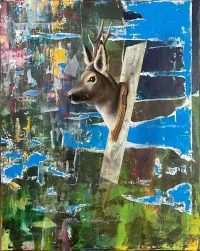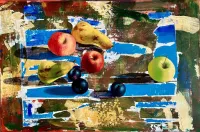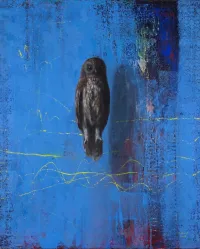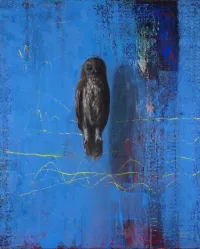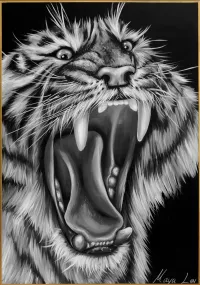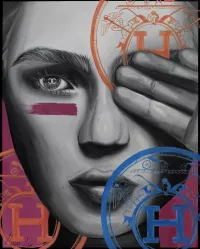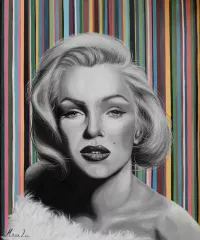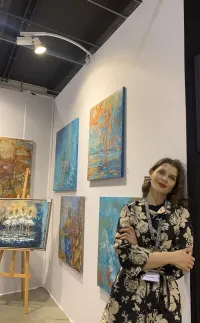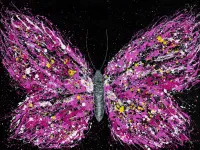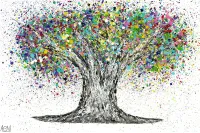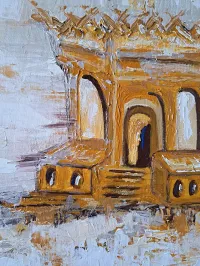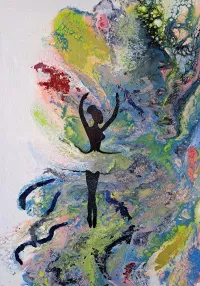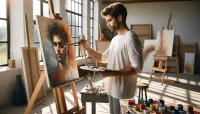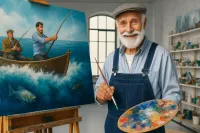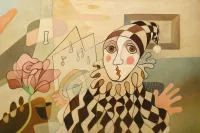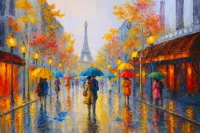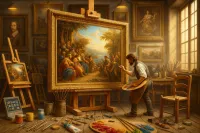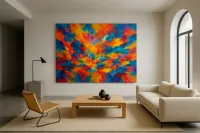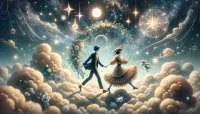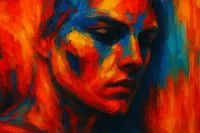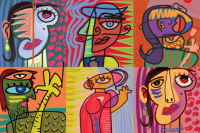Realism Artists vs Pop Art Pioneers: A Comparative Study
Exploring Realism and Pop Art: Movements that Redefined Truth and Consumerism in Art
Published:
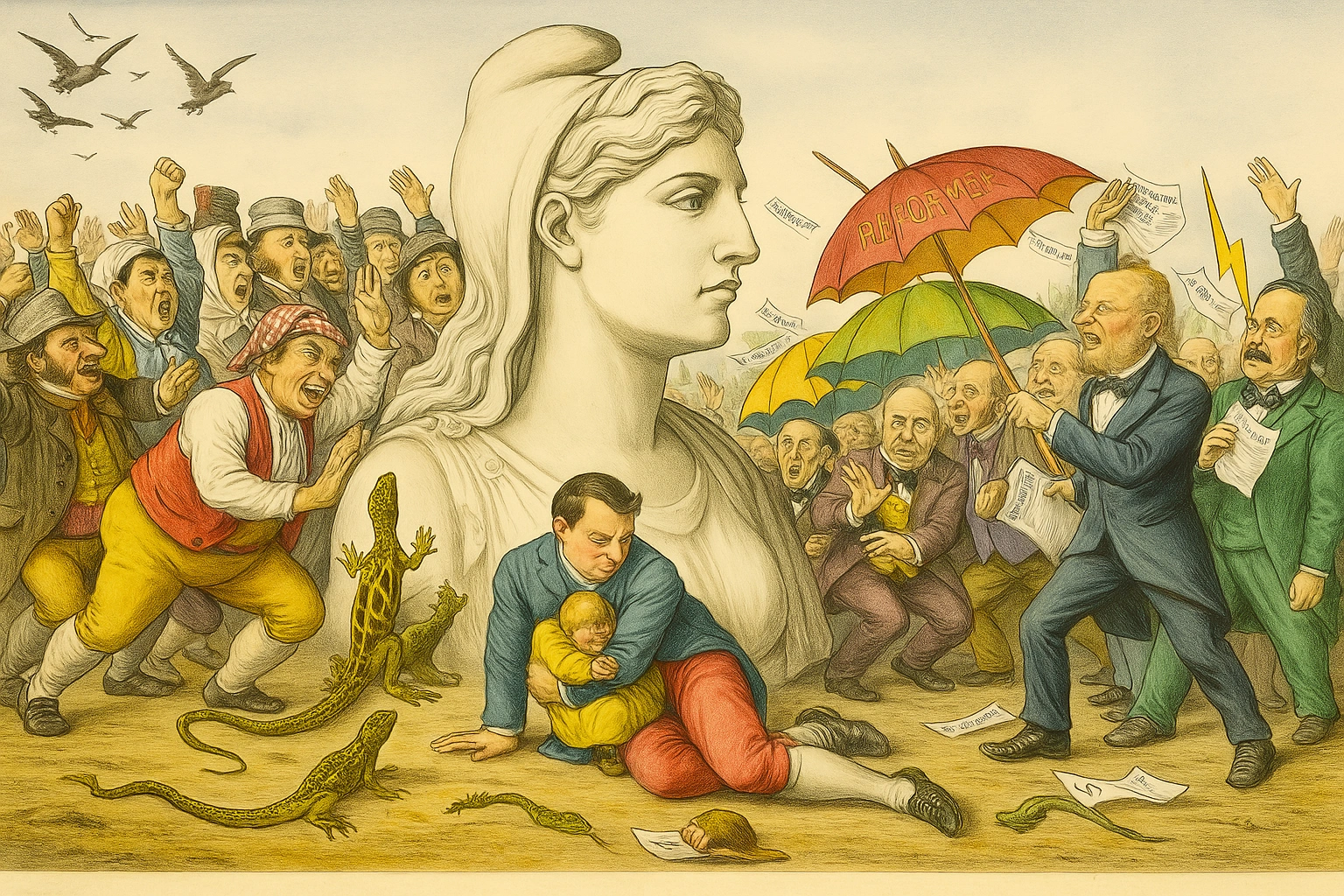 Realism Artists vs Pop Art Pioneers: A Comparative Study
Realism Artists vs Pop Art Pioneers: A Comparative Study
Exploring Realism and Pop Art: Movements that Redefined Truth and Consumerism in Art
Introduction to Realism and Pop Art
Realism arose in 19th-century France aiming to capture everyday contemporary life without idealization. Rejecting exaggerated emotions in Romanticism, realists used detailed, objective depictions of overlooked people like peasants, and urban laborers to comment on social realities. Realism is considered the precursor to candid photography. Realism artworks continue to be admired for their unembellished honesty and ability to present life as it is.
In contrast, 1960s pop artists amplified consumerist popular culture in America through loud, artificially enhanced representations of commercial products, celebrities using vivid colors, and overblown scales for commentary on hollow mass media promises pervading post-war capitalism.
Defining Characteristics of Realism
Realists sought authentic, impartial portrayals of overlooked classes conveying social struggle and resilience without dramatization or judgment through restrained brushwork and muted earth tones. Leading figures like Courbet, Manet, and Winslow Homer upended bourgeois genteel art by making humble rural farmers and urban working communities worthy of fine art subjects exploring political reform needs.
Seminal examples include Millet’s monumental The Gleaners spotlighting poor women collecting leftovers after harvest and Eakin’s penetrating medical clinic portraits examining bodies objectively, ushering modernist values. Realist manifestos demanded raw, unmanipulated truth.
Pop Art's Colorful Commentary on Consumerism
Countering modernist seriousness, pop art paintings synthesized mundane mass advertisements, Hollywood, and comic illustrations with cheeky visuals and bold colors, outlining the hollowness behind America’s booming consumerist landscape. Pioneers like Warhol and Lichtenstein probed the ephemeral by magnifying Del Monte cans, dollar bills, and caricatured love scenes using mechanical Ben-Day dots.
Irony and adjustment of context underlied pop art’s glossy irreverent upgrade of cultural artifacts and icons like Monroe and Elvis as superficial gods for an increasingly commercial society. Signature works like Warhol's Soup Cans aimed to critique.
The Convergence of Realism and Pop Art
Despite different motivations, both movements similarly dismantled lofty perceptions of high art using anonymous subjects and mass culture motifs from every day realities not considered fine art disciplines earlier. Elevating overlooked people and modern advertisements as painting topics counter elitism. This defiance of convention bounds both philosophically.
Edward Hopper’s solitary gas stations and diners predate pop art in viewing modern cityscapes objectively. Photo silkscreen techniques used by later pop artists like Rosenquist build from realist priorities given shared impersonal, machine-made finish. Philosophical overlaps persist in reconstructing what constitutes art.
Influence and Legacy in Today's Art WorldPropelled by photography’s truth-telling impact, realism’s documentary directness continues influencing journalism and film culture by promoting unmanipulated capturing of subjects over dramatization along with contemporary hyperrealism art.
Pop art’s bold irreverent play gave way to irony, appropriation art, and sarcasm so abundant in advertising today towards questioning mass media influence. Pioneers like Warhol and Lichtenstein remain household names as original harbingers of media theory analysis now popular across the art world.
Both schools upheld candidness as vehicles for cultural commentary on overlooked social issues that still find relevance through ongoing movements. Later postmodernism expanded their challenges towards established fine art boundaries even further.
The Lasting Impact of Two Distinct MovementsDespite divergent motivations and styles, realism and pop art made equally bold ruptures. Realists gave fine art validity to labor struggles questioning political inequity while pop artists prophesized insidious media trivialization of relationships and self-identities. One triggered social justice reform, the other foresaw digital age dilemmas.
Both of them highlighted subjectivity, approved raw exploration of marginalized themes, and unlocked creative courage to engage reality insightfully. Standing against romanticism’s escapism, they show art mirroring back key concerns that must be continually reworked as cultural dialogues. More united in outlook than apparent, their reverberations persist.


